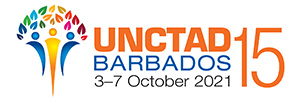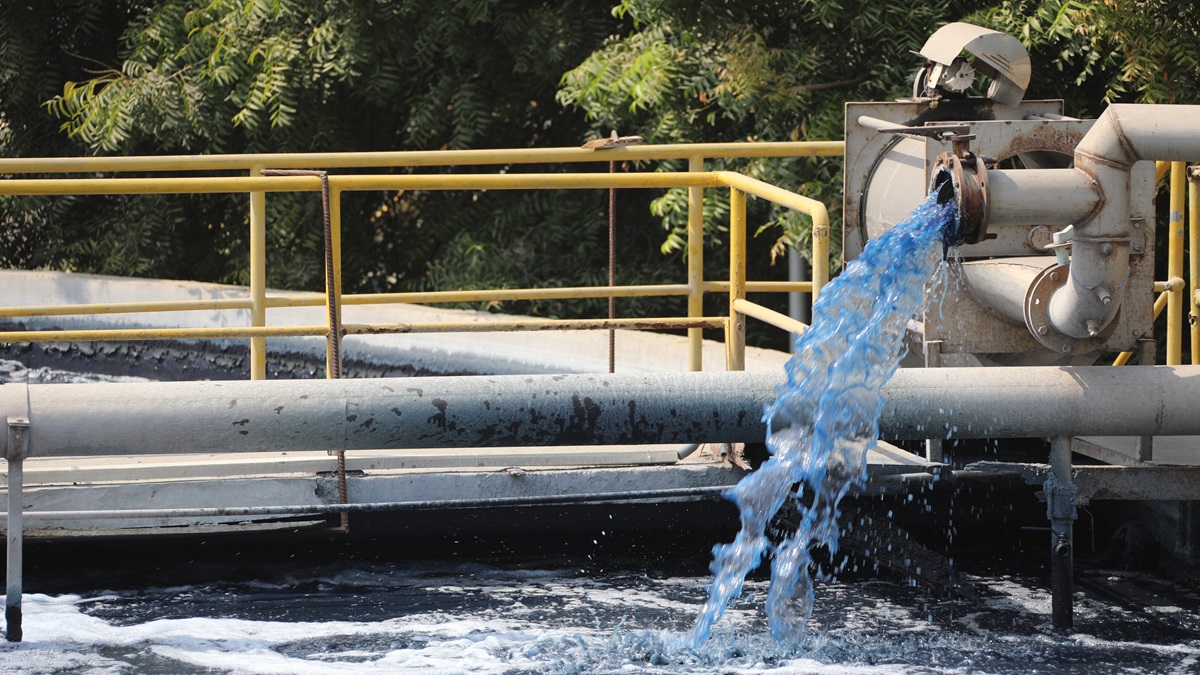Projects are demonstrating early potential for water-intensive sectors to transition to eco-friendly production while sustaining trade-driven growth.
© UN Trade and Development/Henrique Pacini | Industrial effluent discharge from a textile factory in Lahore, Pakistan.
World Water Day, marked annually on 22 March, celebrates the precious resource crucial to public health, industries and sustainable development.
But globally, water systems are increasingly under strain from overconsumption, industrial pollution and the effects of climate change, putting some 2.2 billion people's well-being at stake.
Tackling the challenges head-on, UN Trade and Development (UNCTAD) works with global partners to ensure that economic growth and sustainability can go hand in hand in water-stressed regions.
Through the Sustainable Manufacturing and Environmental Pollution Programme (SMEP) – funded by the United Kingdom – 27 projects have taken root in Africa and Asia to help enhance water-efficient processes and waste management for sustainable production and consumption.
These needs are particularly relevant to Pakistan, one of the most water-insecure nations in the world, yet highly dependent on the water-intensive textile industry.
“In Pakistan, water is the most expensive chemical in textile manufacturing processes,” says Sohail Naqvi of the World Wildlife Fund, a partner agency to the SMEP programme.
Pakistan: Water fuels industries but scarcity and pollution pose challenges
The most recent available data from the United Nations show that Pakistan extracted 162% of its total renewable freshwater resources in 2021, while only 38% of domestic wastewater was effectively treated.
But the South Asian economy relies heavily on water-intensive industries like textile and leather, while cotton, a leading export commodity for Pakistan, requires significant water for farming and fabric production.
These industries, according to UN Trade and Development research, generate over $17 billion annually in export earnings for the country and account for 60% of its merchandise exports.
They employ 40% of Pakistan’s industrial workforce, with tanneries providing an essential link in global leather supply chains.
How SMEP is helping
The Sustainable Manufacturing and Environmental Pollution Programme (SMEP), in part aimed at reinventing the textile circular economy, helps Pakistan pilot molecular distortion technology – a process that can potentially remove up to 98% of pollutants, reuse 90% of water and enable energy efficiency through solar-integrated heating.
It’s developing a digital platform that uses data to revolutionize textile waste management and recycling for less reliance on, and consumption of, virgin materials.
It also helps tanneries – where animal hides are processed – adopt cleaner production and effective circular alternatives to reduce pollution load in wastewater.
Meanwhile, an e-traceability toolkit is being tested in Pakistan and Bangladesh to enhance transparency across the leather supply chain, ensuring compliance with global standards to mitigate industrial water pollution.
“SMEP is integrating cleaner production and water-efficient processes to meet evolving trade and environmental standards, targeting competitive market access and ensuring that trade-driven growth aligns with global sustainability priorities in regions where water security is under pressure,” says UN Trade and Development economist Henrique Pacini, who leads the SMEP programme.
Time to redefine sustainability in a water-insecure world
Pakistan’s experience reflects broader challenges in water-intensive economic sectors across sub-Saharan Africa and South Asia, where water stress is high and sustainable solutions are in demand.
While stronger sustainability standards may create market opportunities, compliance costs, oversight gaps and financial barriers could limit the widespread adoption of cleaner production, especially for producers in developing countries.
In this regard, stronger alignment, incentives and enforcement are key to ensuring sustainable trade-driven growth.
For instance, policy tools like extended producer responsibility (EPR) could shift waste management to producers, while tax incentives and co-financed pilot projects may help ease financial barriers to sustainable production.
Voluntary sustainability standards or industry-led schemes like self-monitoring and reporting or environmental management systems standard (ISO 14001) can also guide action.
How global markets support these efforts will remain crucial to scaling progress towards the Sustainable Development Goals.
The path forward matters to the future of sustainability in a world where every drop of water counts.

